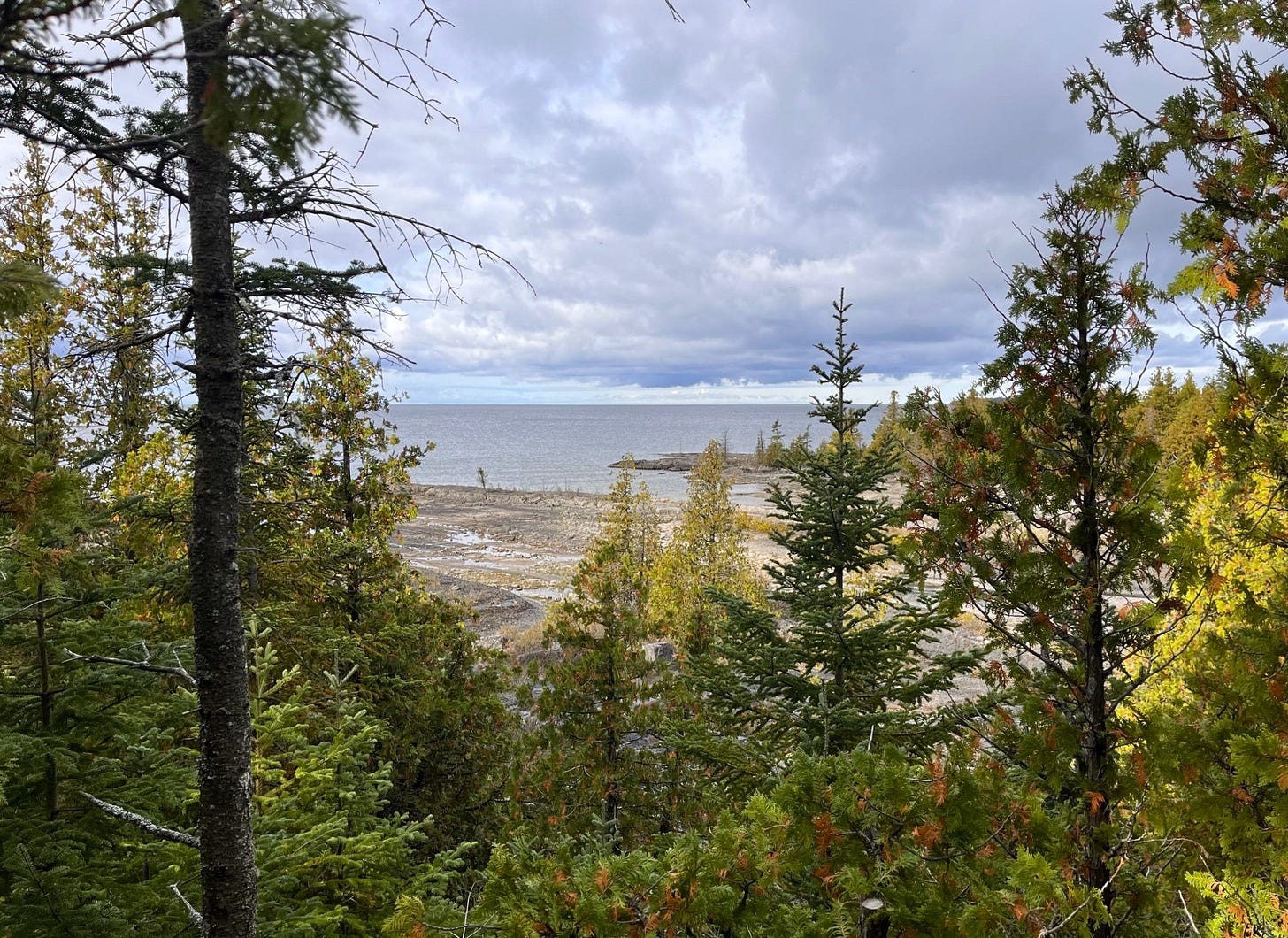China Cove Becomes Aah Mahwi Nibi: Shoreline and Habitat Now Permanently Protected by NCC
The Nature Conservancy of Canada has permanently protected 29 hectares near Tobermory historically known as China Cove and now renamed Aah Mahwi Nibi (Crying Water).
One of the last remaining stretches of unprotected shoreline on Lake Huron’s northern Saugeen (Bruce) Peninsula is now permanently protected, following a conservation announcement from the Nature Conservancy of Canada (NCC).
The newly conserved 29-hectare site, located west of Tobermory in an area known …
Keep reading with a 7-day free trial
Subscribe to The Owen Sound Current to keep reading this post and get 7 days of free access to the full post archives.



